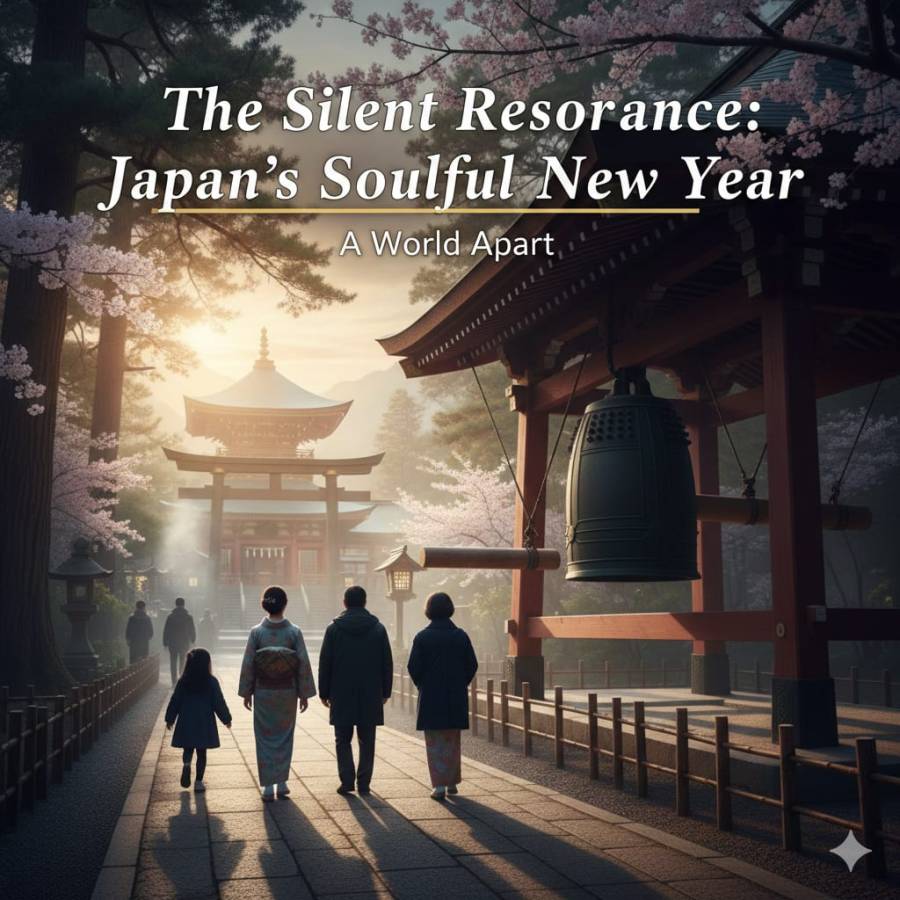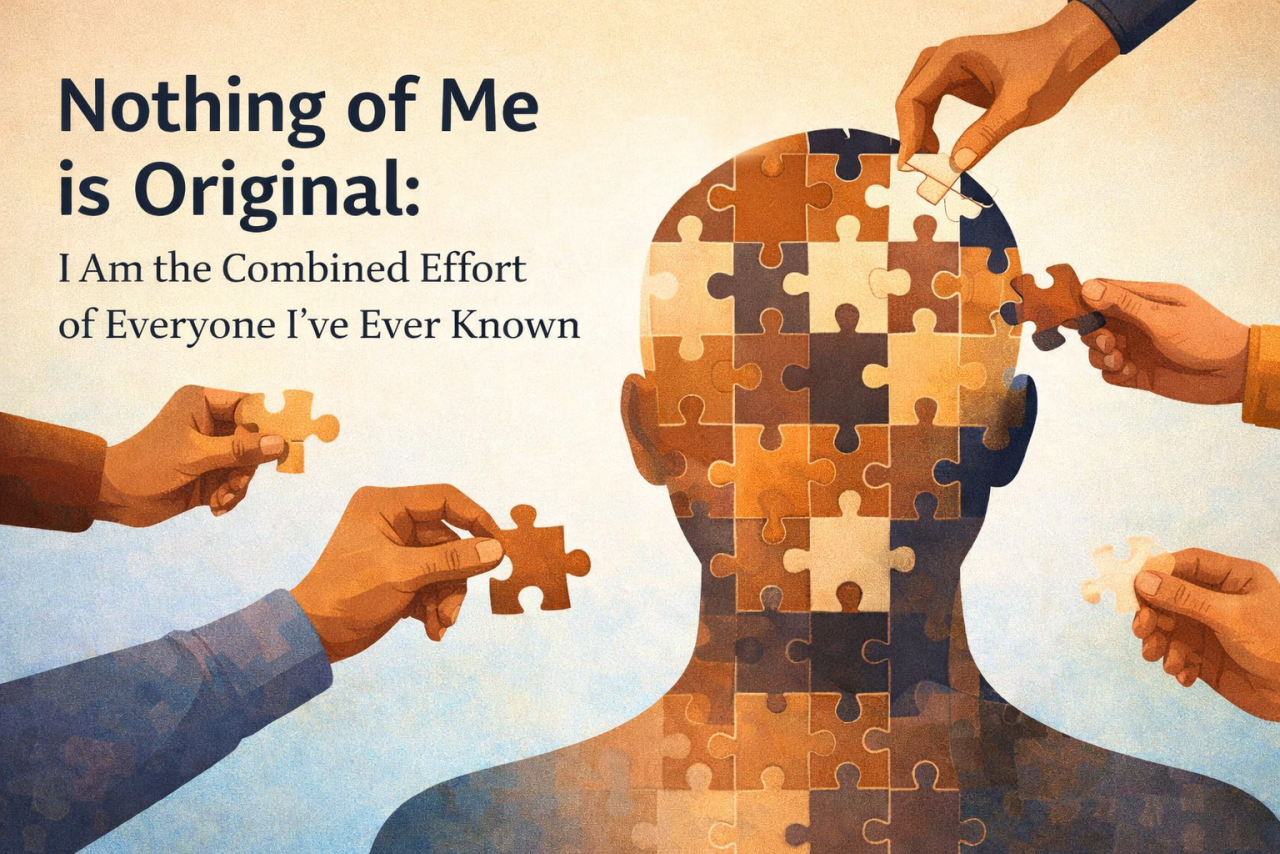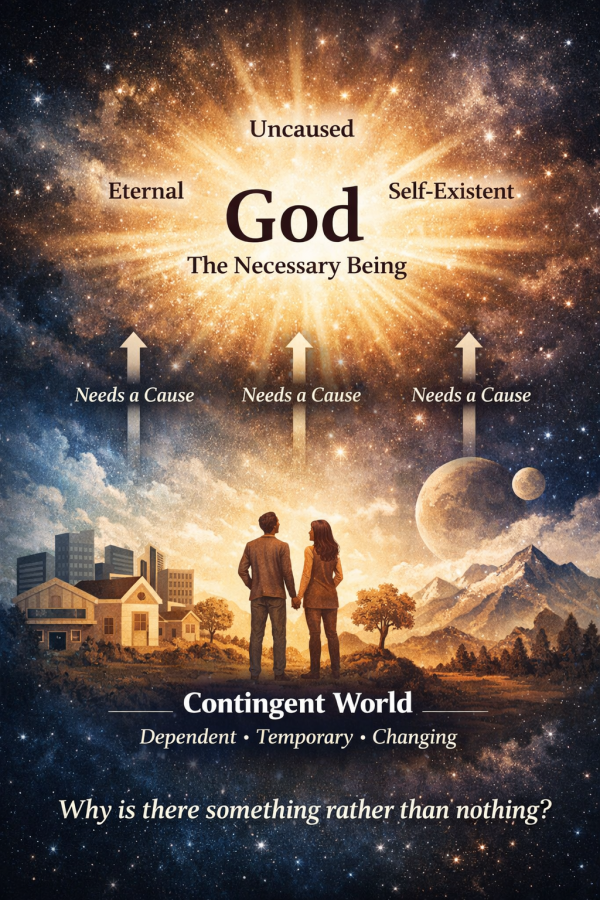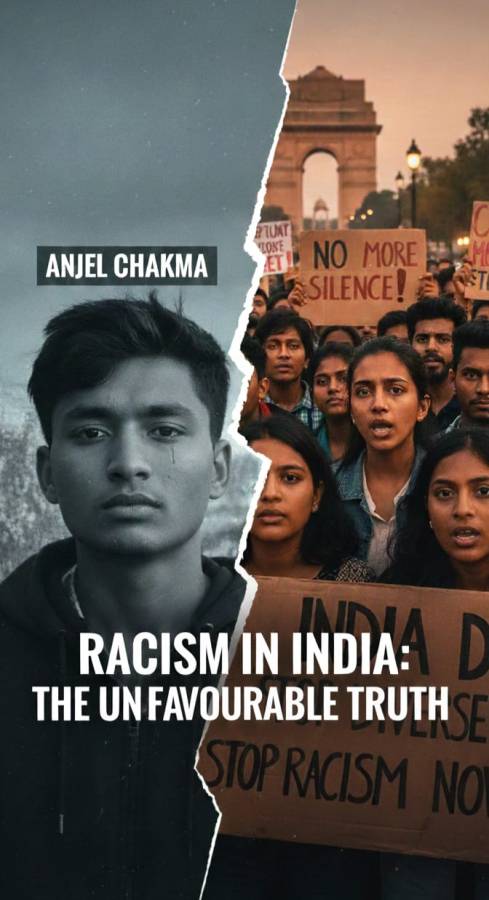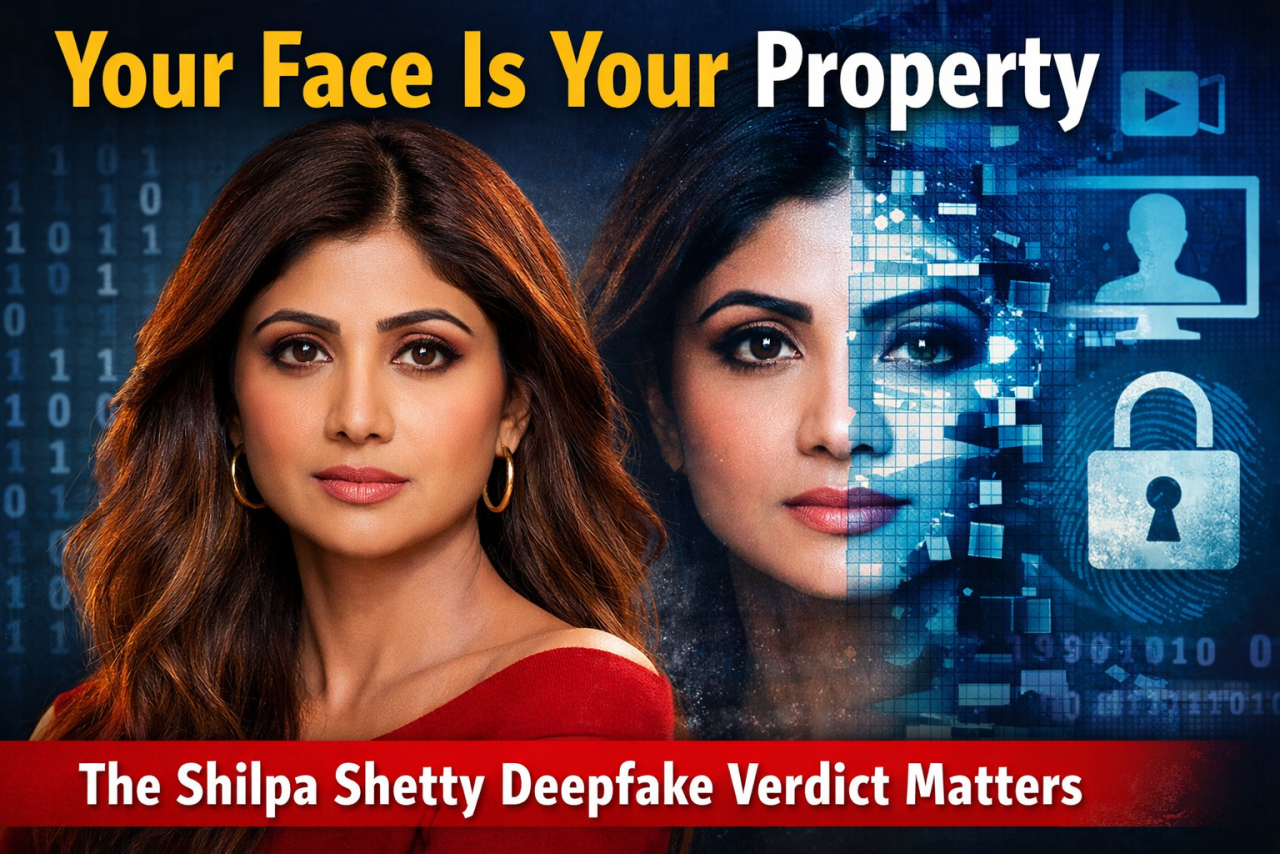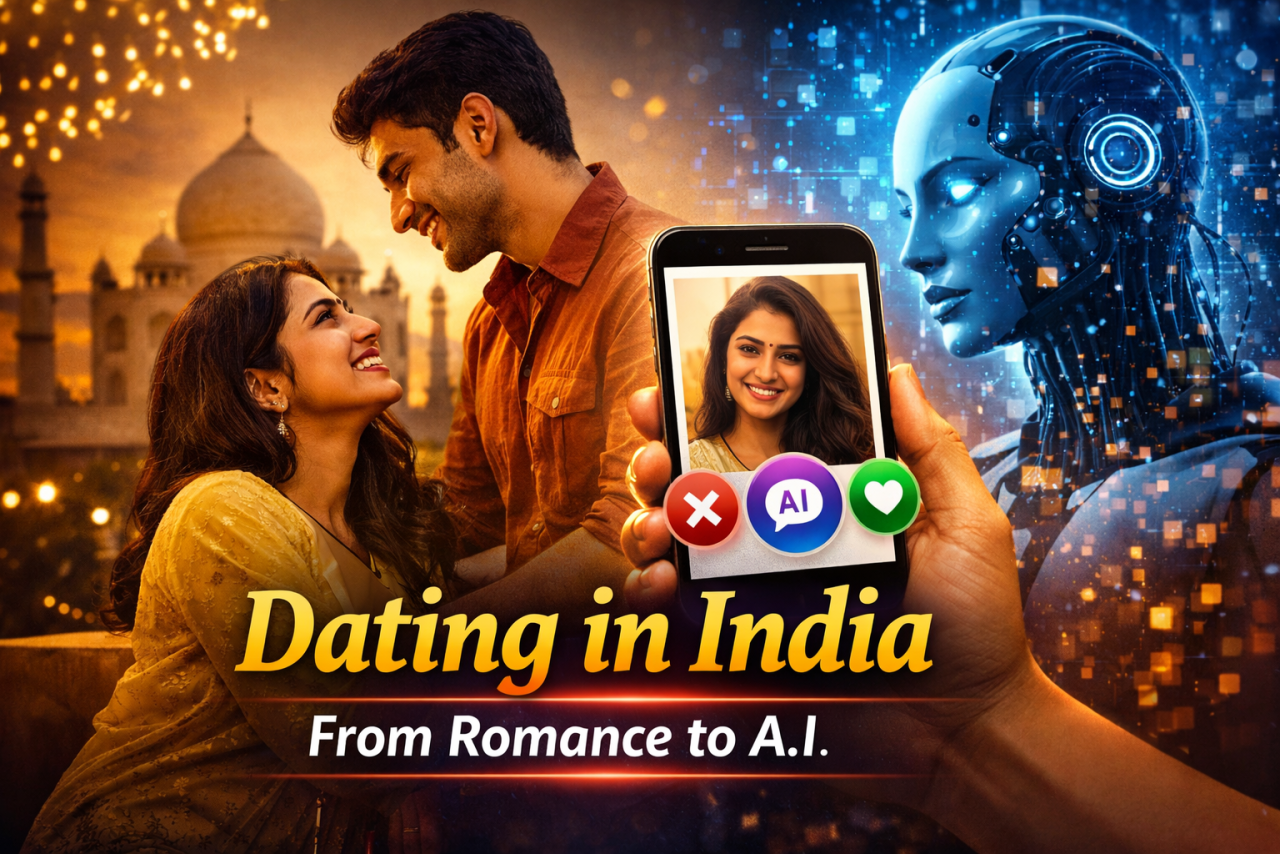
In the hushed white halls of Delhi’s Vadehra Art Gallery, a storm brewed—not from color or canvas, but from copyright. Artist Anita Dube, a name well-known in India’s contemporary art circle, found herself entangled in an intellectual property controversy when she used lines from activist-poet Aamir Aziz’s celebrated poem Sab Yaad Rakha Jayega—without his consent in one of her artworks.
What unfolded was not just a spat between two creators but a mirror to India’s evolving, yet often misunderstood, copyright ecosystem.
The Legal Landscape: Copyright Isn’t Just a Stamp
India’s Copyright Act of 1957, under which both the poem and the artwork fall, offers protection for original literary, artistic, dramatic, and musical works. While ideas and themes are not protected, the specific expression of those ideas is. Authors enjoy protection for the duration of their life plus 60 years posthumously. In short: if it’s your work, it’s your right—unless you’ve signed that away.
In this case, Dube reportedly used Aziz’s words without formal permission, credit, or compensation. While she did credit him post facto, the core issue—lack of consent—remained. Aziz objected, calling out the ethical lapse and withdrew the poem’s use. Dube, in turn, pulled the artwork from the gallery and acknowledged her oversight.
But is this merely about legal ownership?
The Morality Clause: Beyond Contracts and Courts
In Indian copyright law, moral rights hold a special place. These rights stand independent from economic ones and protect the creator’s personal and reputational interests. This means an artist has a say even after they sell or license their work. Modifying, misrepresenting, or misusing their creation can spark legal action if it harms their reputation.
Aziz’s objection wasn't rooted in money. It was about context and control. The poet’s verses, originally born out of protest and resistance, were repurposed in a gallery space—a move that may have diluted their intent. Dube may not have meant harm, but in the realm of ethics, intent often plays second fiddle to impact.
The Commons and the Creative Disconnect
Dube, in her defense, referenced the idea of copyleft—a belief in the free use and remixing of creative works for public good. It’s a noble ideal and finds expression in the Creative Commons movement globally. But there’s a catch: copyleft functions on consent. The originator must willingly release their work under such a license.
Aziz had not.
This clash raises questions about appropriation—especially when powerful, established artists use the voices of those on the margins. Dube is an institution in Indian art; Aziz, though widely loved, represents a dissenting voice from the streets. The optics of this usage—an elite platform showcasing protest poetry without consulting its creator—reeked of erasure.
The Bigger Picture for Curators
The Aziz-Dube episode forces a reckoning within India's art and literary communities. As works become more hybrid and interdisciplinary, the boundaries of ownership are blurring. But this makes consent more—not less—important.
Artists and curators must ask: Is it enough to admire a work? Or must we also respect its journey and its creator’s autonomy?
Perhaps the answer lies in what W.H. Auden once said in Law, Like Love: that we “seldom keep.” But if we are to borrow from one another, let us do so with respect, transparency, and, above all, permission.
In an era where the lines between inspiration and infringement are increasingly fine, the Aziz-Dube saga is a reminder that artistic freedom walks hand in hand with ethical responsibility. It’s not just about what you say, but whether you had the right to say it that way.



